Interior Design: Beautiful Concrete Stencil Designs
Interior Design DIY: A overview of how to stencil concrete
------------------------------------------
Interior Design: Beautiful Concrete Stencil Designs
A few weeks ago I wrote about the beautiful homes in Mexico that had intricate molding and wainscoting that was actually painted (dyed) concrete. It was so amazing it really looked like the real thing - talk about some serious craftsmanship!
When I had some time to really think about it I realized that concrete is a fantastic idea for renovations (especially if you live in warm climates)! Concrete is earth and budget friendly and can make your home really dazzle and pop. It does require a little maintenance in the long run (as most things do), but overall it is a really affordable and easy to manage.
Stencils are made out of a heavy duty material and can come pre-designed or custom designed. If you Google concrete stencils many companies come up - always follow their instructions or have a licensed professional install it for you.
My favorite thing about concrete stencils is that they come in a lot of designs. They have some stencils that look like traditional materials such as brick or tile (think about your backyard concrete patio, now imagine if it was brick instead....wouldn't it look much nicer!) or they come as more decorative stencils that look like oriental rugs or wood flooring inlaid with tiles.
Here are some great examples and feel free to read more about concrete design at the Concrete Network: (and yes, I promise, all of these images are stenciled concrete!)
------------------------------------------------------
Interior Design DIY: A overview of how to stencil concrete
If you are interested in learning more about the process of concrete stenciling, or if you are interested in trying it yourself, here are step-by-step instructions - but always follow instructions from the company you bought your stencil from or consult a licensed contractor!
Things You'll Need:
* bullfloat
* stencil roller
* concrete edger
* scissors
* concrete saw
* power washer
Step 1 - Applying the stencils - After you pour the concrete, float and edge the slab in the usual manner and then place the stencils on the surface while the concrete is still wet but free of excessive bleed water. Placement requires two people, with one person holding the stencil roll while the other person holds the uncoiled end on the opposite side of the slab. Once the stencil is laid down atop the slab, it's plastered to the surface with a special stencil roller.
Step 2 - The stencil is placed and worked one strip at a time. Because the stencils are die cut, the strips must be aligned in a specific manner to ensure pattern continuity, similar to aligning strips of patterned wallpaper. After the entire slab is covered, you use a pair of scissors to trim the stencil to about 1/8 inch inside the form boards (this allows for the stencil to swell a bit). A bull float(a flat smooth float for smoothing concrete) is then used to stick down the edges.
Step 3 - Adding color -The next step is to hand spread color hardener onto the surface (at the manufacturer's recommended rate) and work it into the slab with a bullfloat. This process is best done immediately after stencil application, while the concrete surface still has enough moisture to be absorbed by the hardener.
Step 4 - With stone or brick stencil patterns, the use of a texture roller or seamless texture skins will give the surface a more realistic, slightly roughened profile. With tile patterns, there is no need to texture the slab, Instead, a trowel can be used to smooth over any imperfections.
Before texturing, a liquid or powdered antiquing release agent is applied to the surface. When the slab is firm enough to accept the roller's weight and still wet enough to receive the texture, you can begin to go over the slab with the roller. Where the roller creates depressions in the surface, the pigment leaves shadows that look like natural color variations. Manufacturers offer rollers with different textures to allow contractors to produce a variety of decorative effects.
Step 5 - As soon as the slab has been textured, it's time to remove the stencils. The last piece of stencil laid is removed first, with a person standing on either side of the slab and lifting the stencil straight up from the ends. After the stencil is completely clear of the surface, it's carried off to the side and disposed of.
Step 6 - The day after you pour, you can clean off the release agent, saw cut the control joints and seal the slab surface.
The next day, the release agent is swept from the slab.
Than you thoroughly clean the slab with a pressure washer
Saw crack control joints in larger areas such as driveways and patios
Apply concrete sealer and voila your beautiful finished product
How-to compliments of: e-How.com
Saturday, January 30, 2010
Subscribe to:
Post Comments (Atom)
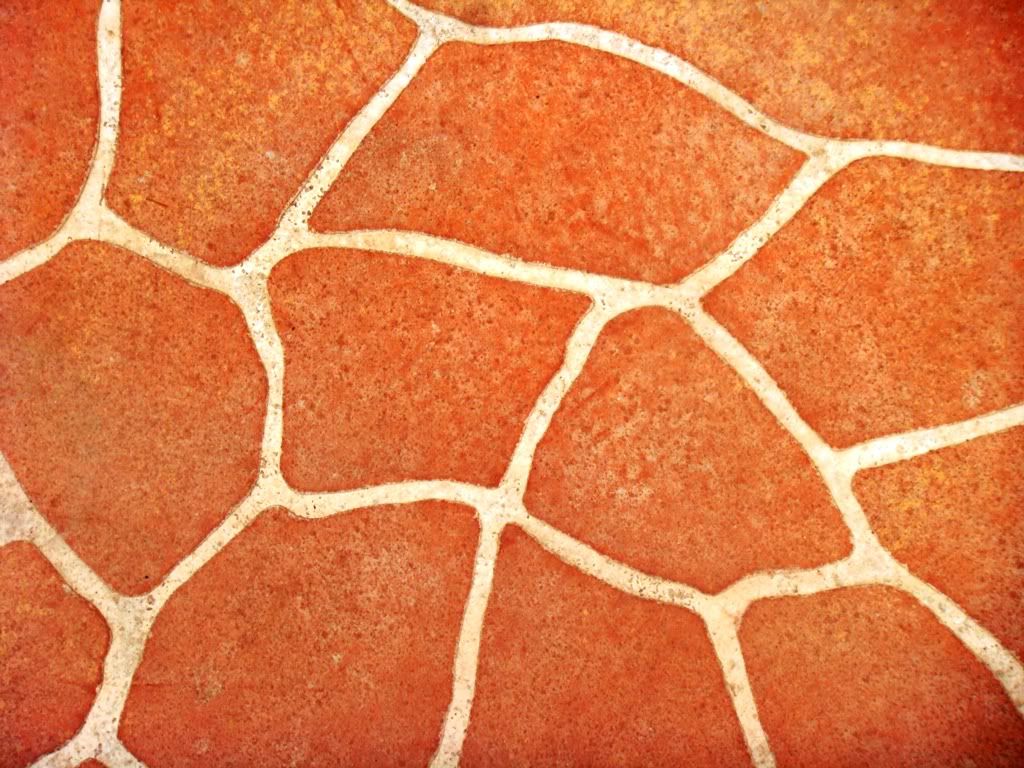



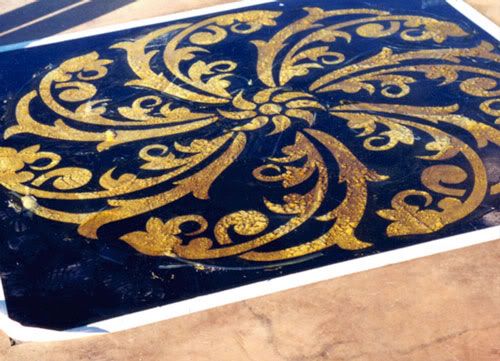

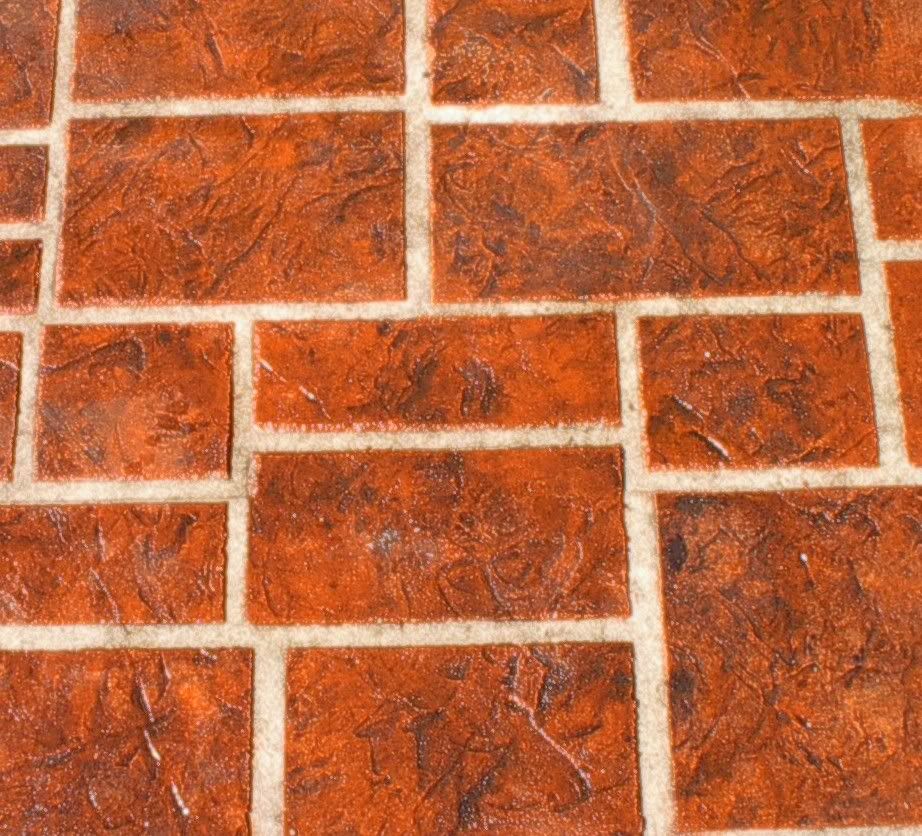
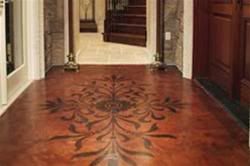
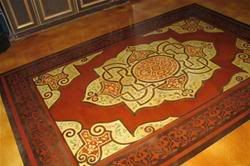
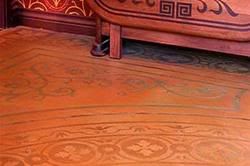
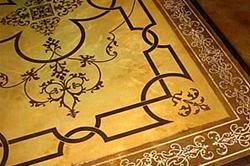
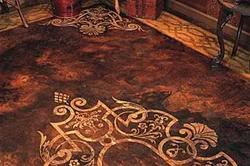
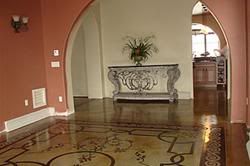




You are located in the Toulouse area, and you want to make a makeover of your home, your business or your business home staging Toulouse
ReplyDeleteAdding a concrete driveway to your house is perhaps the finest choice you will ever make. If you've been thinking about this important choice, you've probably been trying to plan for it. However, you can't plan well until you know how much you'll spend on the entire project. You'll need to find someone who can offer you the most accurate figures on the structure at this time. A driveway expert would be the ideal person to provide such information.
ReplyDeletecheap concrete stenciling